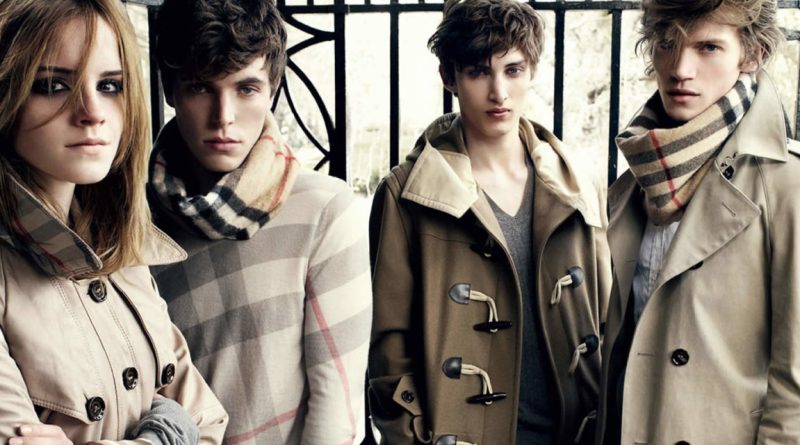The Evolution of Outerwear Trends
Outerwear has always played a crucial role in our wardrobes, serving as the first line of defense against the elements while making a powerful fashion statement. Over the centuries, outerwear trends have evolved significantly, influenced by technological advancements, cultural shifts, and the ever-changing landscape of fashion. In this article, we’ll explore the fascinating journey of outerwear trends, highlighting key milestones and iconic styles that have shaped how we dress today.
The Early Days: Function Over Fashion
In the earliest days of human civilization, outerwear was primarily about functionality. Ancient humans used animal hides and furs to protect themselves from harsh weather conditions. These early garments were rudimentary but served the essential purpose of warmth and protection.
As civilizations advanced, so did the sophistication of outerwear. The ancient Egyptians, for example, developed lightweight, breathable garments to cope with the hot desert climate. Meanwhile, in colder regions, the use of wool and fur became more prevalent, laying the foundation for the diverse range of outerwear materials we see today.
The Middle Ages: The Rise of Tailoring
During the Middle Ages, outerwear began to take on more structured forms, thanks to the advancements in tailoring techniques. Cloaks, capes, and tunics became standard, often made from wool or heavy linen. These garments were not only functional but also began to signify social status and occupation.
The introduction of buttons in the 13th century was a game-changer for outerwear design. This small yet significant innovation allowed for more fitted and tailored garments, leading to the creation of coats and jackets that offered both protection and style.
The Renaissance to the 18th Century: Fashion Flourishes
The Renaissance period marked a turning point in the history of fashion, including outerwear. This era saw the emergence of elaborate and ornate garments, with rich fabrics like velvet, silk, and brocade becoming popular among the European elite. Outerwear became more than just protection against the elements; it was a symbol of wealth and sophistication.
In the 18th century, the frock coat emerged as a fashionable outerwear choice for men. These knee-length coats, often made from luxurious fabrics, were tailored to fit closely to the body, emphasizing the wearer’s physique. For women, cloaks and capes adorned with intricate embroidery and embellishments were in vogue.
The 19th Century: Industrial Revolution and Mass Production
The 19th century brought about significant changes in the world of outerwear, driven by the Industrial Revolution. The mass production of textiles made outerwear more accessible to the general population, and new materials like waterproof fabrics were developed.
The trench coat, originally designed for British soldiers during World War I, became a timeless classic. Made from durable, water-resistant gabardine, the trench coat was both practical and stylish, eventually becoming a staple in civilian wardrobes.
20th Century: The Birth of Modern Outerwear
The 20th century witnessed the birth of modern outerwear, with designers experimenting with new styles, materials, and silhouettes. Iconic pieces like the leather jacket, bomber jacket, and parka emerged during this time, each with its unique cultural significance.
Leather Jackets: Popularized by movie stars like Marlon Brando and James Dean, leather jackets became synonymous with rebellion and cool. Initially worn by aviators and motorcyclists for their durability, leather jackets quickly became a fashion staple.
Bomber Jackets: Originally designed for military pilots, bomber jackets found their way into civilian fashion after World War II. Their practical design, characterized by a fitted waist and cuffs, made them a favorite for both men and women.
Parkas: With origins in the Arctic, parkas were adapted by Western fashion in the mid-20th century. These insulated, hooded jackets became essential for harsh winter climates and urban street style.
The Late 20th Century to Present: Technological Innovation and Sustainability
The late 20th century and the early 21st century have seen incredible advancements in trendy outerwear technology. The development of synthetic materials like Gore-Tex and Thinsulate revolutionized outerwear by providing superior insulation and water resistance without adding bulk.
In recent years, the focus has shifted towards sustainability in fashion. Brands are increasingly adopting eco-friendly practices, using recycled materials and sustainable production methods. The rise of ethical fashion has led to the creation of jackets and coats that not only looks good but also minimizes environmental impact.
Key Trends Shaping Modern Outerwear
1. Athleisure: The athleisure trend, blending athletic and leisurewear, has significantly influenced outerwear. Lightweight, breathable jackets with a sporty aesthetic are now a common sight in urban fashion.
2. Minimalism: Clean lines, neutral colors, and simple silhouettes characterize the minimalist trend. Outerwear pieces like tailored coats and streamlined parkas offer understated elegance and versatility.
3. Statement Pieces: Bold colors, patterns, and innovative designs are making a splash in the outerwear world. Statement pieces like oversized puffer jackets and vividly colored trench coats allow fashion enthusiasts to express their individuality.
4. Tech-Infused Outerwear: The integration of technology into outerwear is an exciting development. Smart jackets with built-in heaters, LED lights, and connectivity features are becoming increasingly popular, merging fashion with functionality.
Read More: The Classy Evolution of Men’s Leather Jackets
Conclusion
The evolution of outerwear trends is a fascinating journey that reflects broader changes in society, technology, and fashion. From the rudimentary animal hides of ancient times to the high-tech, sustainable garments of today, outerwear has continually adapted to meet our needs and express our identities. As we move forward, the fusion of innovation and sustainability promises an exciting future for outerwear, ensuring it remains a vital and stylish component of our wardrobes.




